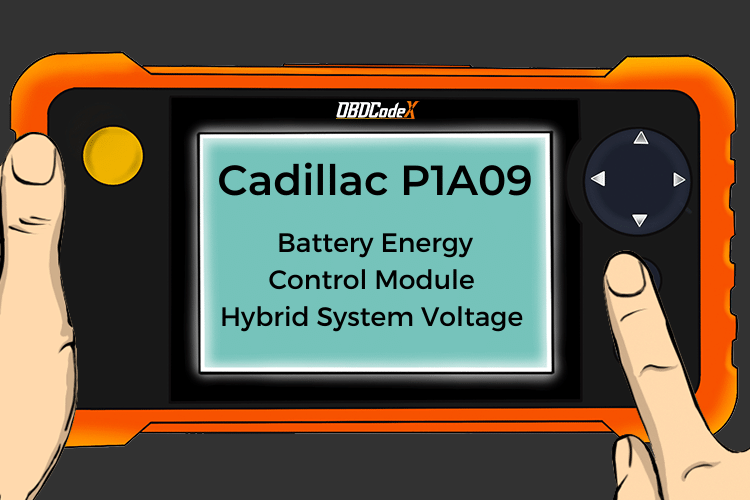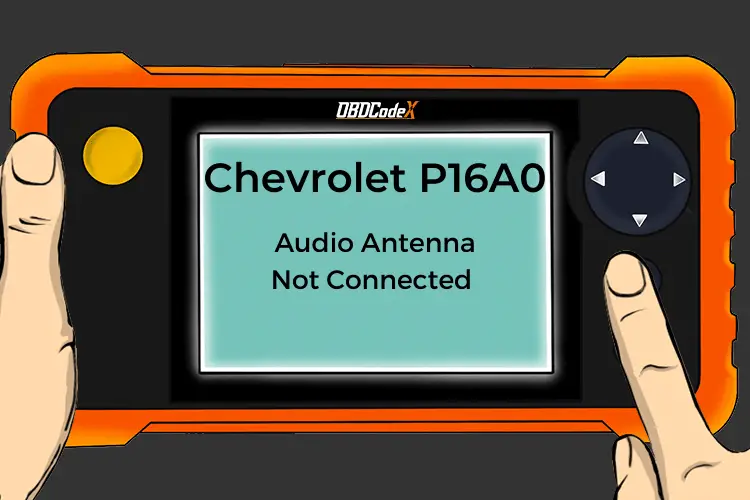P203F: Reductant Level Too Low
Is your scanner showing P203F?
No worries. We'll show you what it means and how to deal with it.
P203F: Reductant Level Too Low
OVERVIEWWhat Does The P203F Code Mean?
Did you know that the engine light comes on whenever the engine’s exhaust emissions are outside of specifications? The ECM (Engine control module) monitors and adjusts dozens of sensors, valves, systems, etc.
It basically acts like a built-in emissions testing station. It monitors not only what your engine is taking in but, more importantly to the manufacturer, what your engine is pumping into the atmosphere.
This is relevant here because for the most part, reductant level sensors are present on diesel powered vehicles with a DEF (Diesel exhaust fluid) storage tank.
DEF is a urea solution used in diesel engines to aid in burning exhaust, in turn reducing overall vehicle emissions, which like mentioned earlier, is one of the most important purposes of the ECM. The reductant level sensor communicates to the ECM the DEF fluid level present in it’s storage tank.
P203F is the trouble code defined as “Reductant Level Too Low” and indicates that the DEF fluid level in the tank is too low as identified by the ECM.
What Are The Symptoms Of The P203F Code?
Symptoms of a P203F diagnostic code may include:
- Incorrect DEF (Diesel exhaust fluid) level reading
- Exhaust emissions outside of specifications
- CEL (Check engine light) on
- Excessive smoke
- “Low” or other DEF warning on instrument cluster
What Are The Potential Causes Of The P203F Code?
Causes for this P203F engine code may include:
- Reductant level sensor defective
- Wrong fluid in DEF storage tank
- DEF level is low and needs to be topped up
- Electrical short
How Serious Is This P203F Code?
I would say this is a fairly minor code considering the possibilities. Essentially we are talking about a fault in a system that monitors what happens after it is already burnt and used. That said, most state/countries’ emissions standards are fairly strict so it’s a good idea to address this before it does more harm to your vehicle, not to mention the atmosphere!
How Can You Fix The P203F Code?
The first step in the troubleshooting process for any malfunction is to research the Technical Service Bulletins (TSB) for known issues with the specific vehicle.
Advanced diagnostic steps become very vehicle specific and may require the appropriate advanced equipment and knowledge to perform accurately. We include basic steps below but refer to a vehicle year/make/model/powertrain specific repair guide for specific steps for your vehicle.
Basic Step #1
Make sure to completely clear all active codes and test drive the vehicle before diagnosing any codes present. This will clear any codes that have been left active after repairs or other intermittent, less important codes. After a test drive, rescan the vehicle and proceed diagnosis with active codes only.
Basic Step #2
I am sure after owning your vehicle for a meaningful amount of time, you know where the DEF (Diesel exhaust fluid) storage tank is located. If not, I’ve seen these located in the trunk and also under the vehicle.
That said the filler neck for the storage tank should be easily accessible, either in the trunk or next to your fuel filler neck. Make sure you distinguish it first and foremost to avoid putting unwanted fluid in unwanted places. If you can check your level mechanically with a dipstick, go ahead and do so.
Some vehicles on the other hand, have no way of verifying the DEF level other than aiming a flashlight in the hole to visually see if there is DEF in there. Either way you will want to top up the fluid, especially if P203F is present.
Basic Step #3
Depending on your OBD2 code reader/scan tool’s capabilities, you may be able to monitor the sensor electronically with it. Especially if you know the storage tank is full of DEF and the reading is demonstrating something else. If this is the case, most likely the reductant level sensor is defective and will need to be replaced. This may be tricky given the fact that it will be mounted to the tank. Make sure to catch any DEF that comes out when replacing the sensor.
Basic Step #4
If you can easily access the connector for the reductant level sensor, make sure it is making a good electrical connection. Also, it is always a good idea to refer to the manufacturer’s service data to acquire specific values and procedures for testing the level sensor to ensure it is defective before replacing it.
You will most likely need a multimeter for this as there could be resistance tests involved. Compare the actual values present to the desired ones provided by the manufacturer. If the values are outside of specification, the sensor will need to be replaced.
NOTE: Always follow manufacturer guidelines as to when to disconnect your battery, safety precautions, etc.
Basic Step #5
Inspect the reductant level sensor wiring harness for any damage or chafed wires, this can cause erratic values to be sent to the ECM and can fool you into replacing the sensor when it did not need to be. Any bare wires or corrosion need to be repaired before continuing. Make sure the harness is fastened safely and away from any moving parts.
This article is strictly for information purposes only and the technical data and service bulletins for your specific vehicle should always take precedence.
Recommended Parts
Below are some recommended auto parts to help you address the trouble code affecting your vehicle and get it running smoothly again:
>>> PEAK BlueDEF Diesel Exhaust Fluid
>>> Twippo 372Pcs Waterproof Wire Connectors Kit
>>> INNOVA 5210
Note: During the purchasing process, please check carefully whether the part you want to buy fits your car!
Check This Video For Reference
Reference Sources
P203F Reductant Level Too Low, OBD-Codes.




